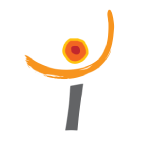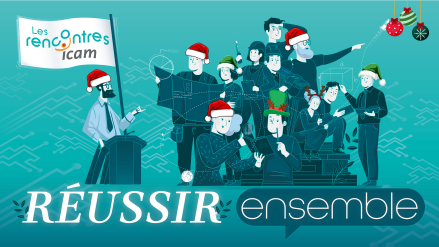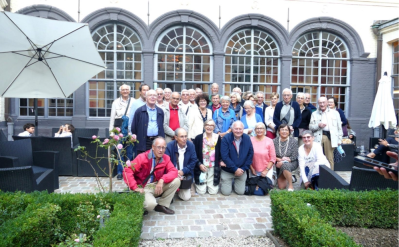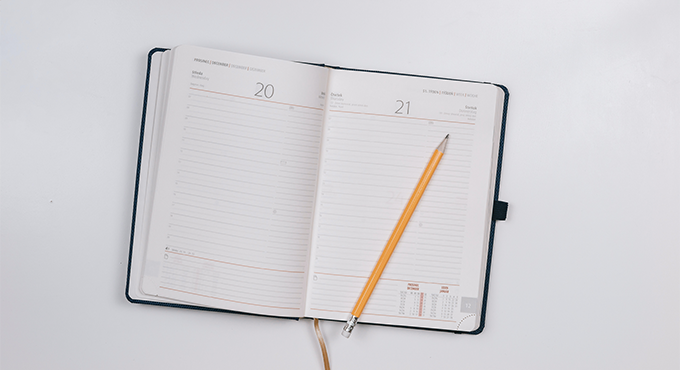News
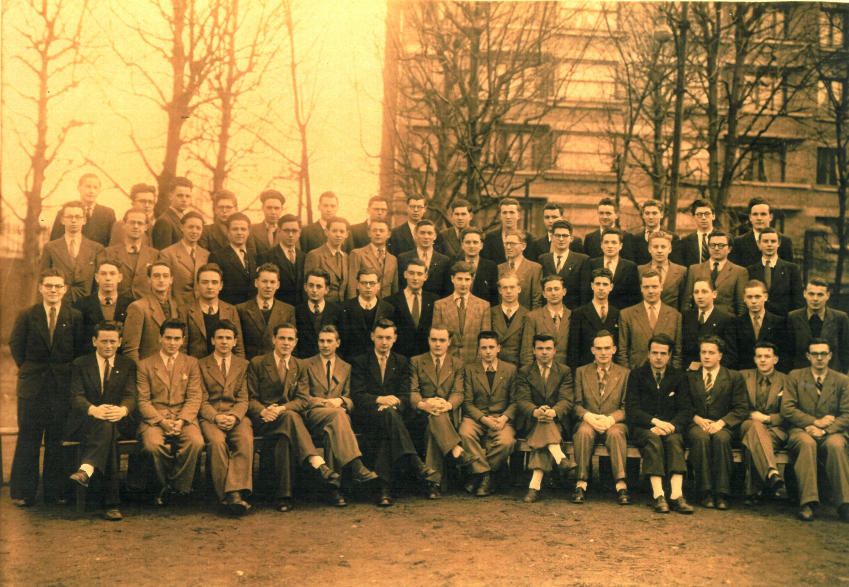 I'm in the 2nd row going down and the 8th from right to left. Major Jean Trévidic is at the bottom, the 8th from right to left. Photo taken in the main courtyard, in front of the courtyard building.
I'm in the 2nd row going down and the 8th from right to left. Major Jean Trévidic is at the bottom, the 8th from right to left. Photo taken in the main courtyard, in front of the courtyard building.
ICAM was founded in 1898, with the 1st class graduating in 1901.
19 September 2024
Life of the Association
Published by
Bernard UTARD
Viewed 340 times
What was happening some 70 years ago? September 1946: I discovered the ICAM. Its majestic portal (still there, a historic monument!) and its tree-lined main courtyard. The building on the street is...
You must be logged in to read more
